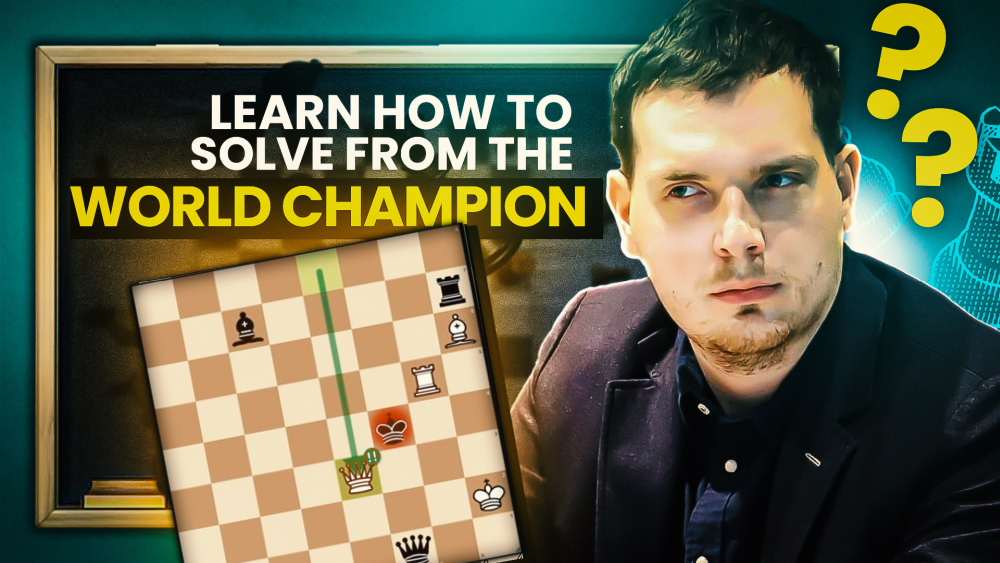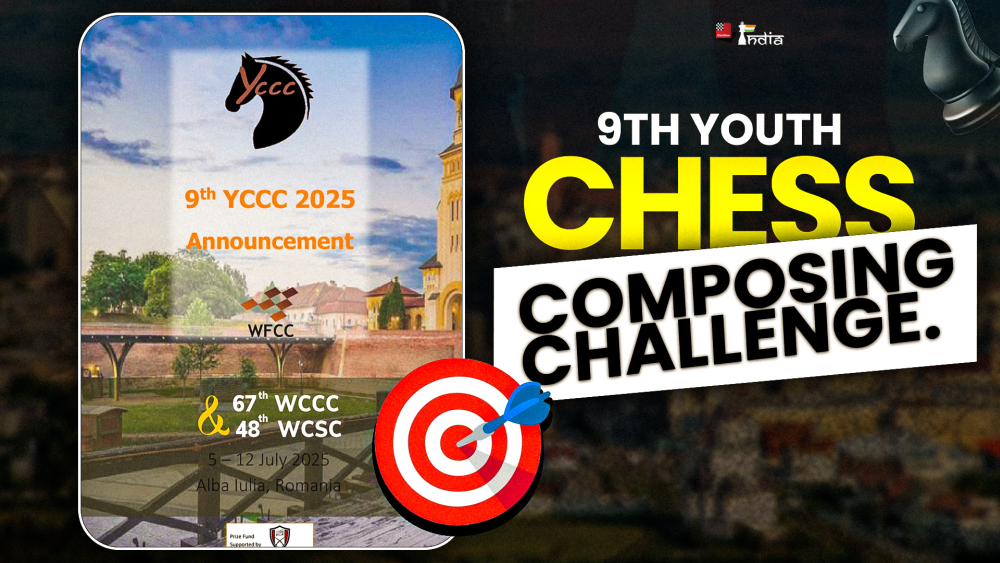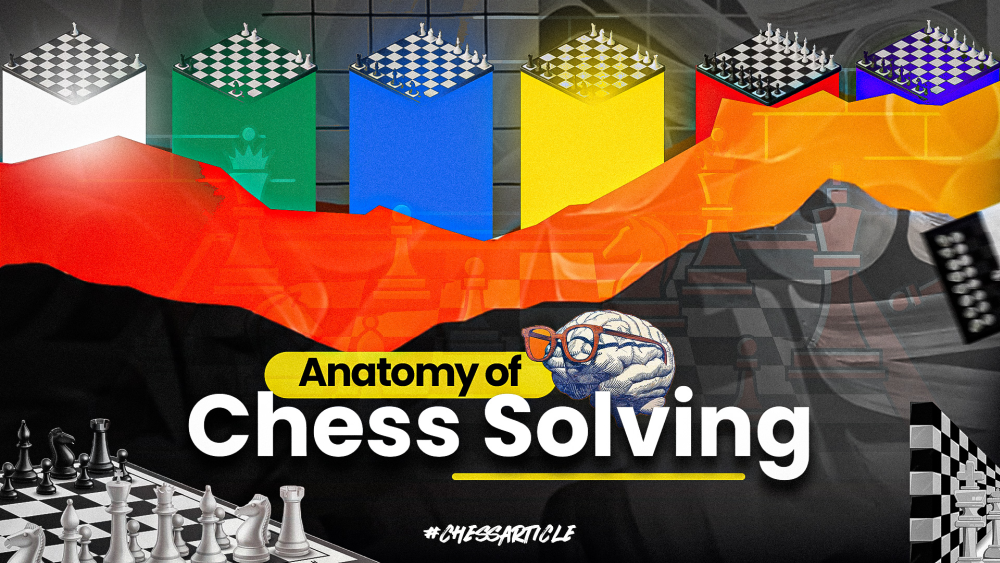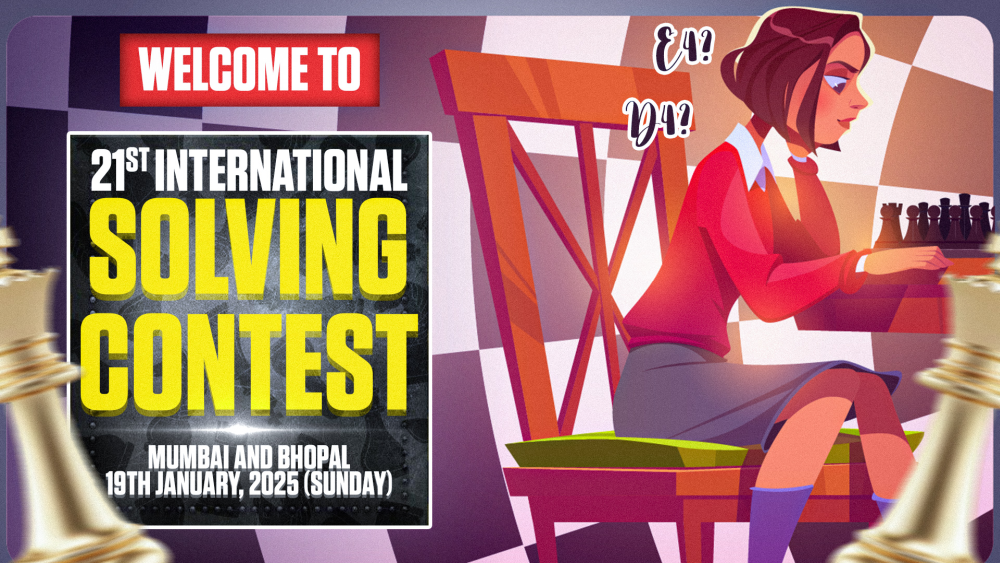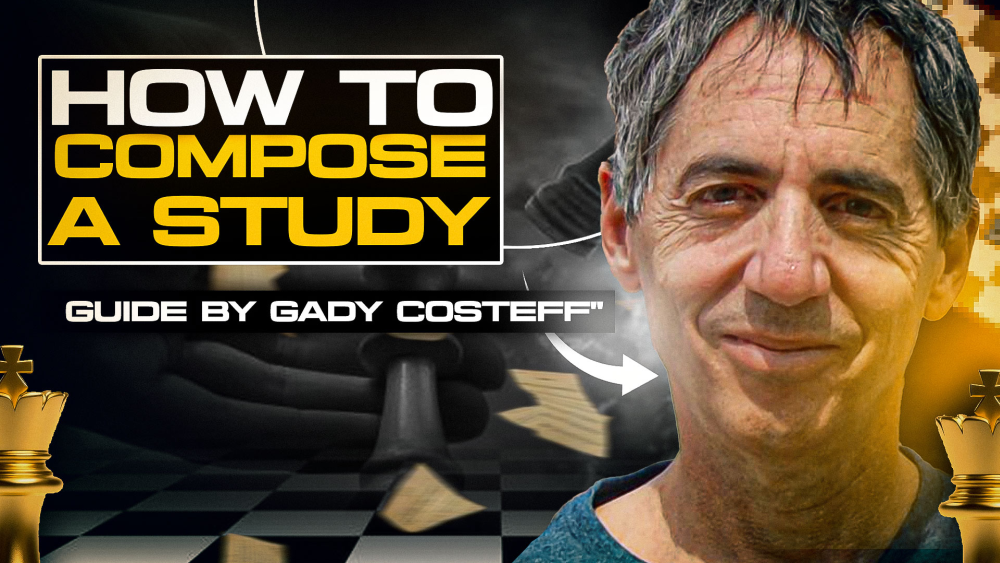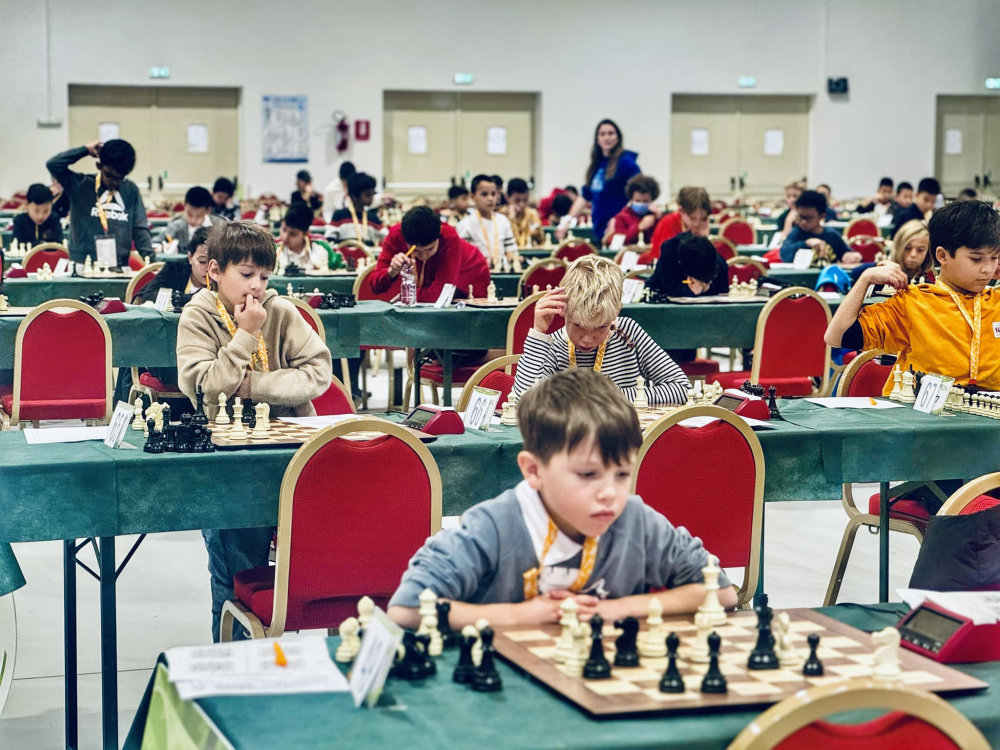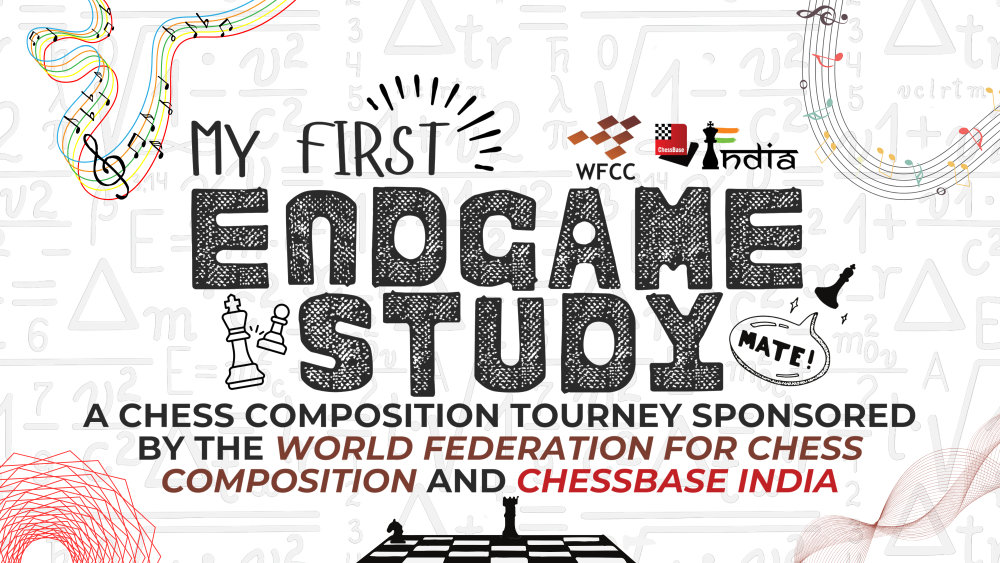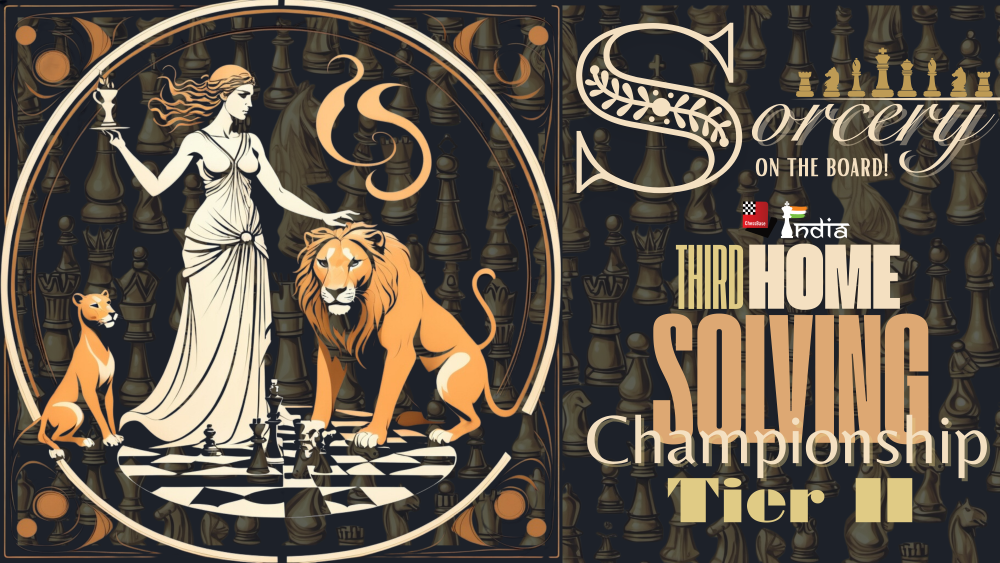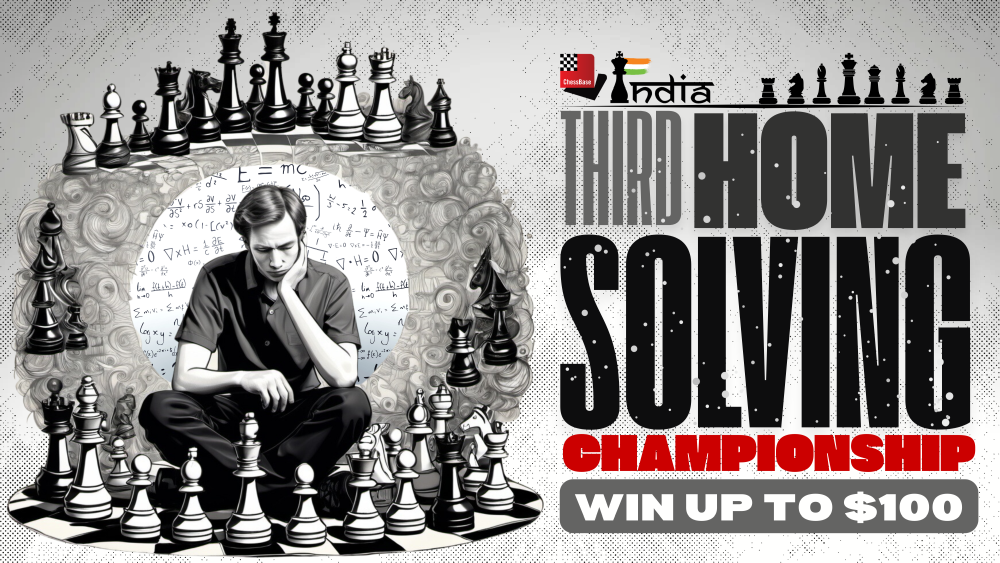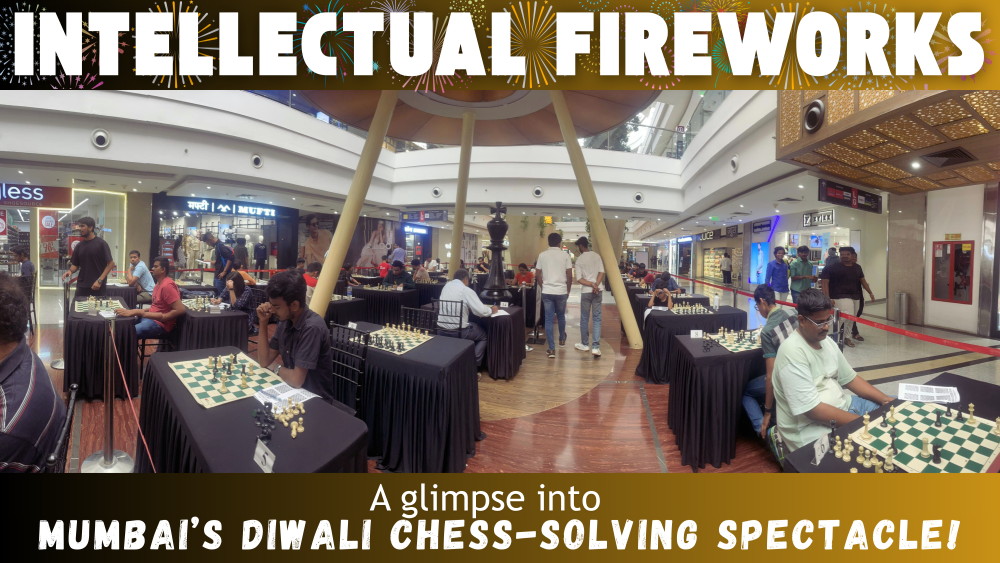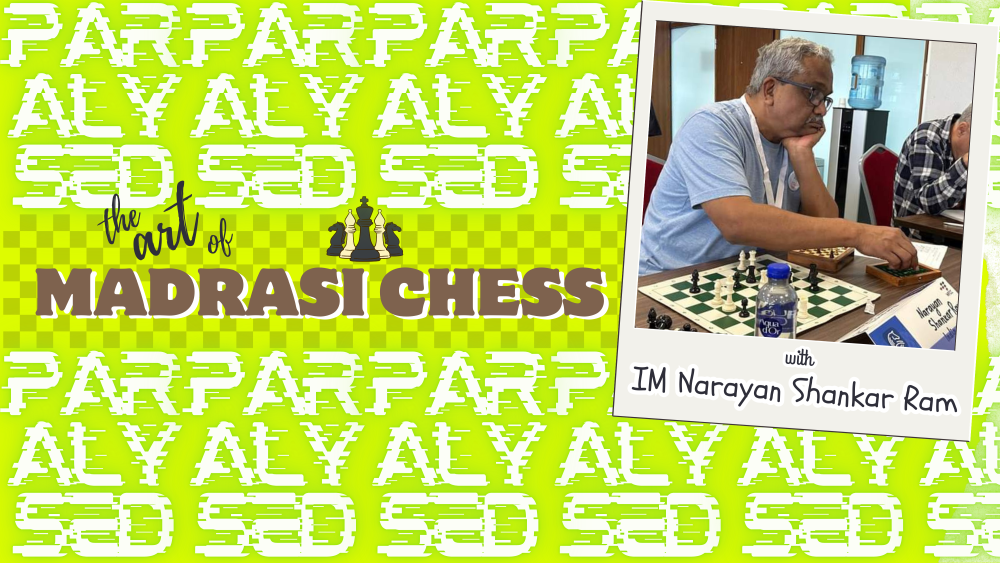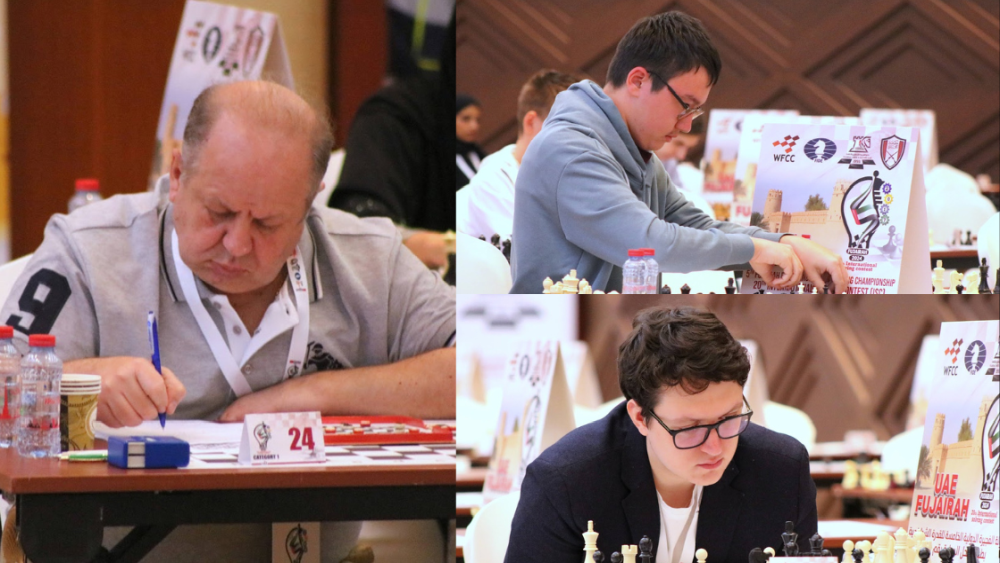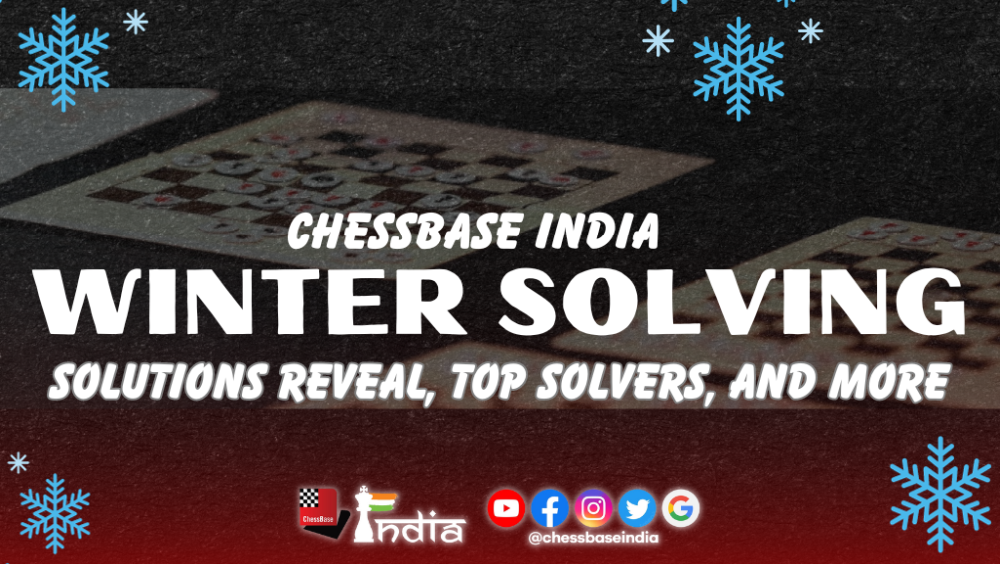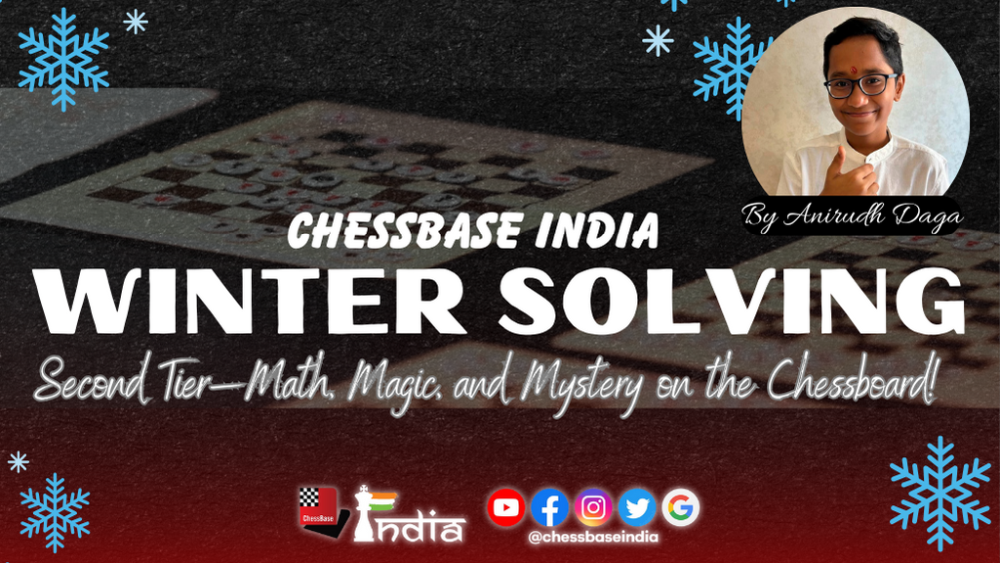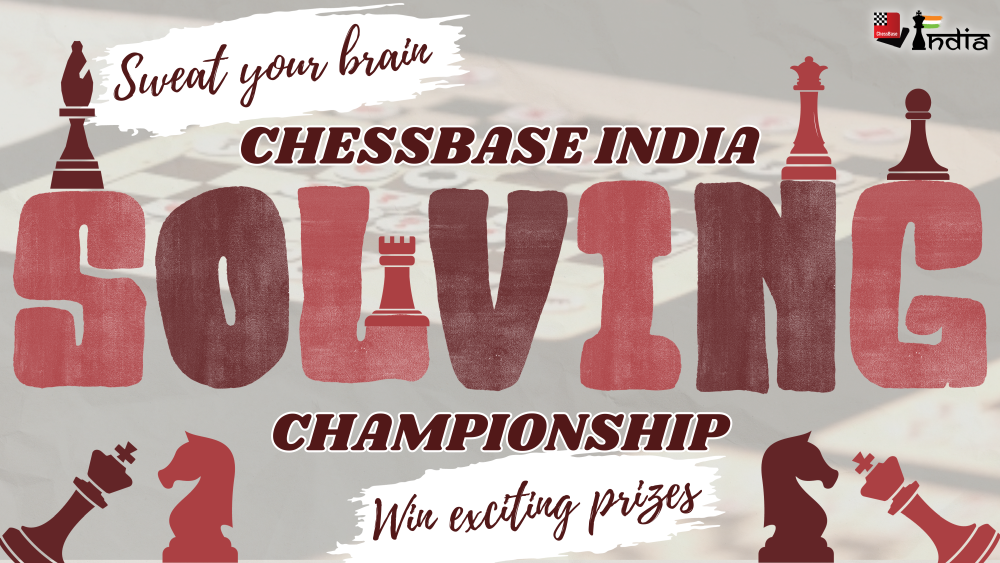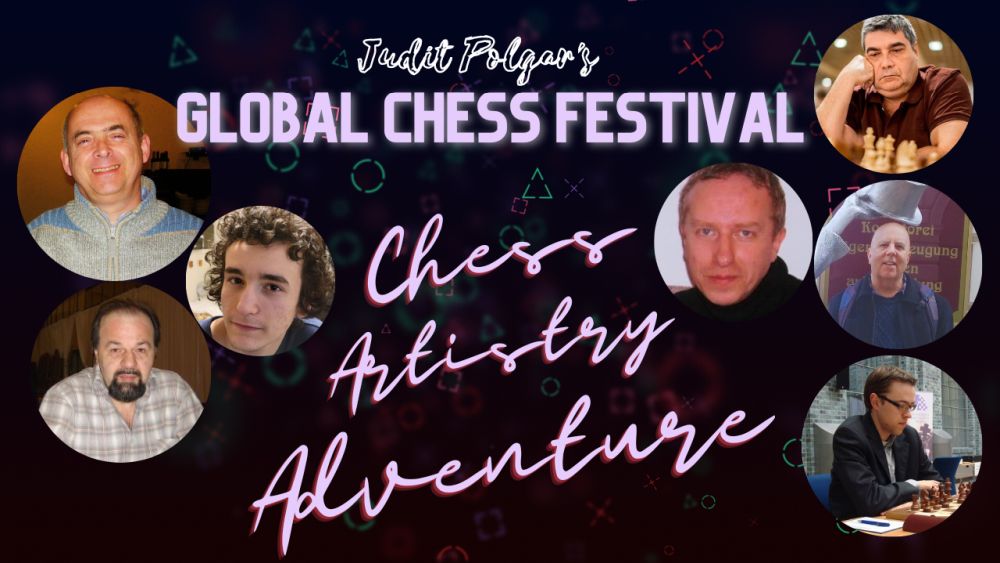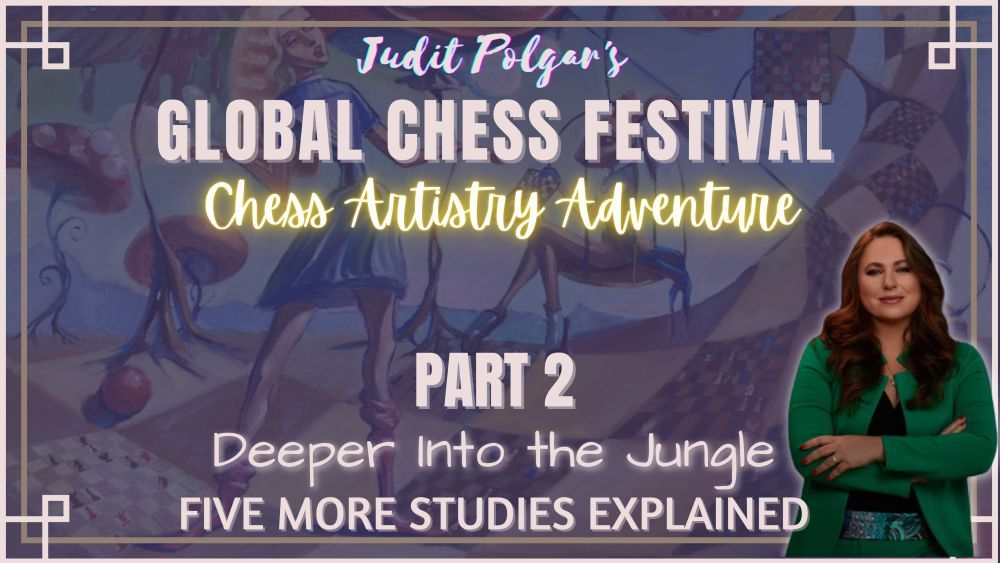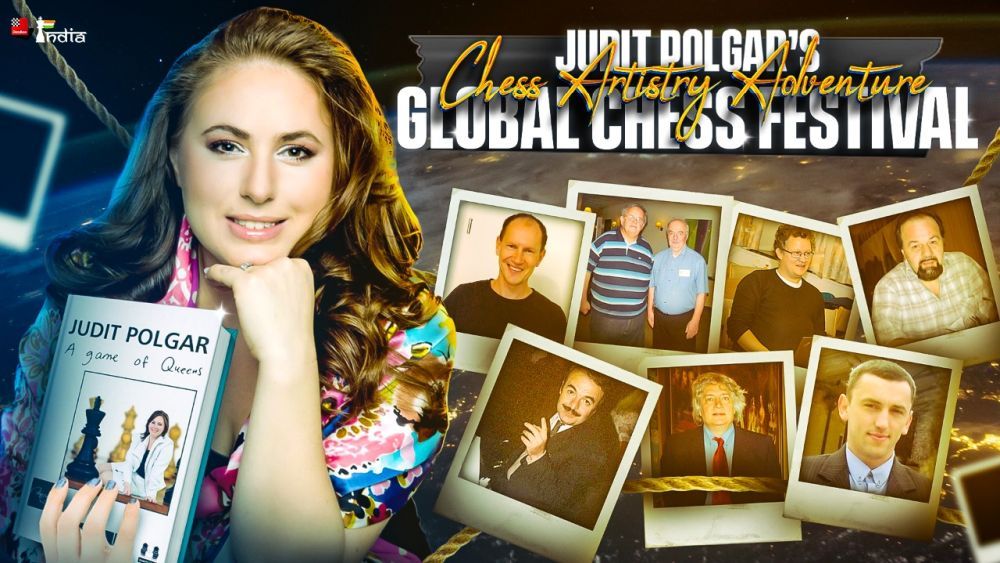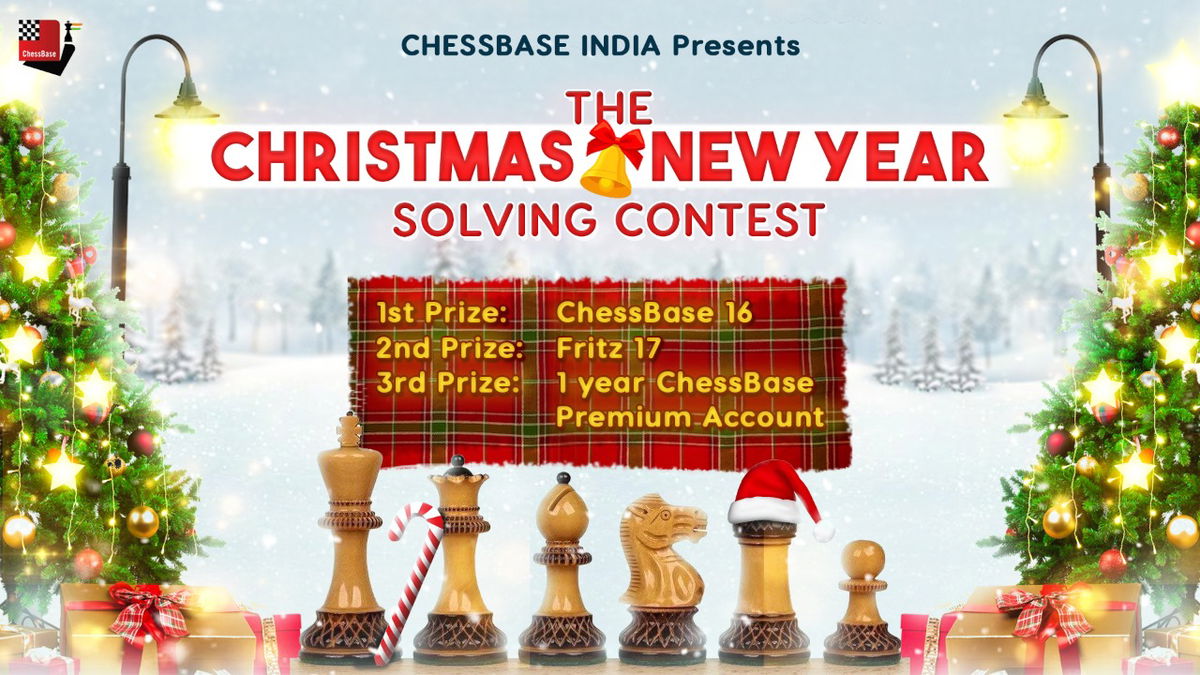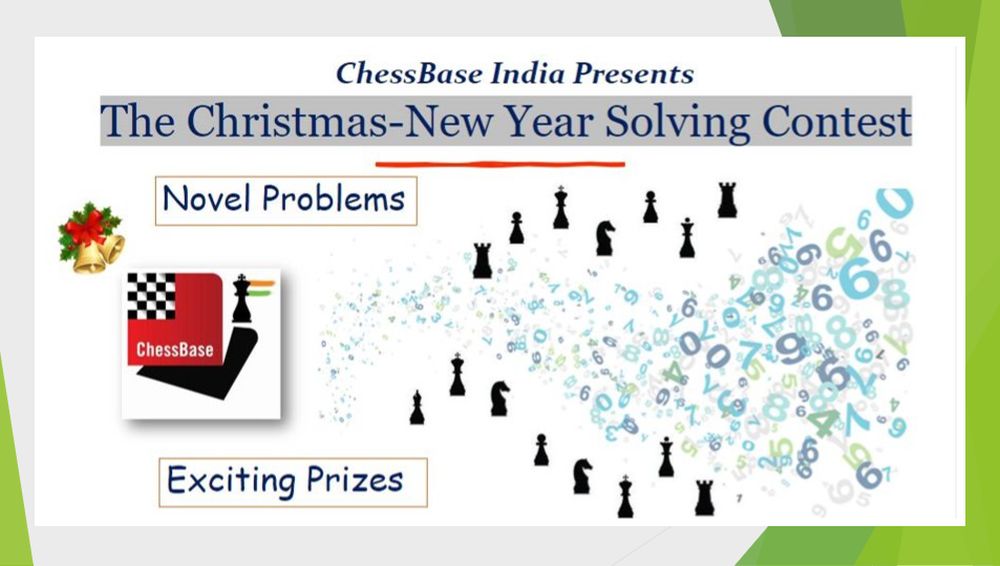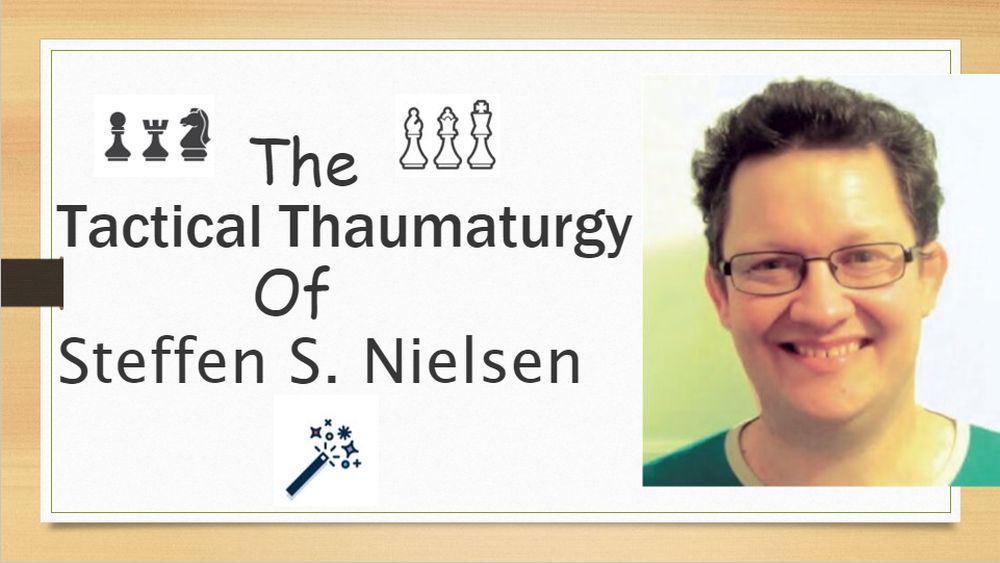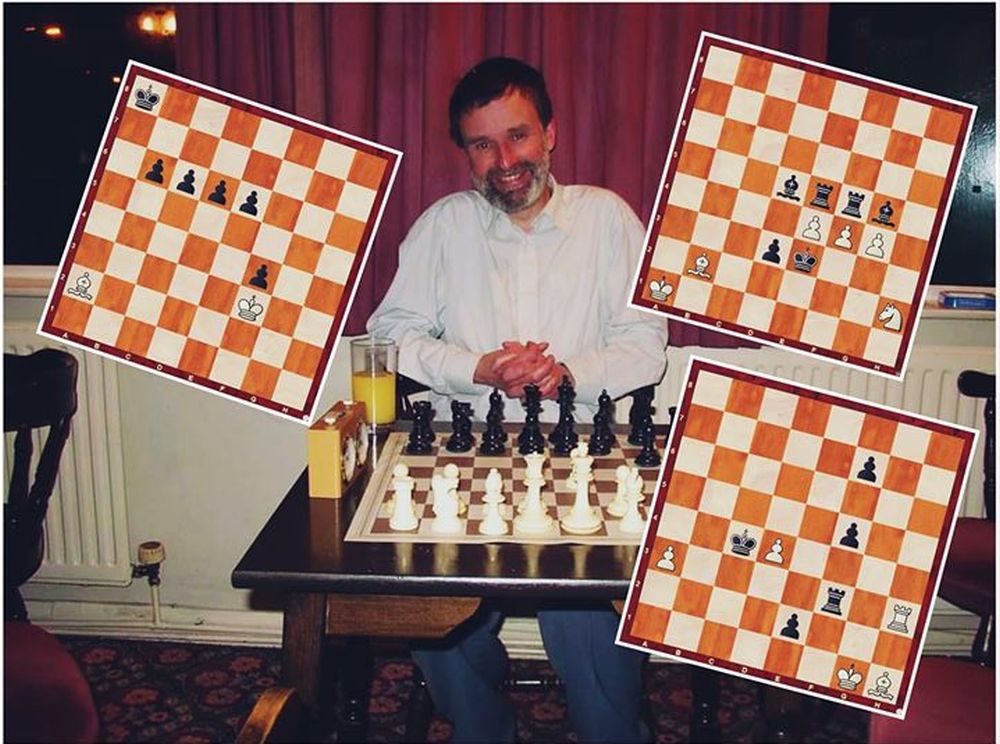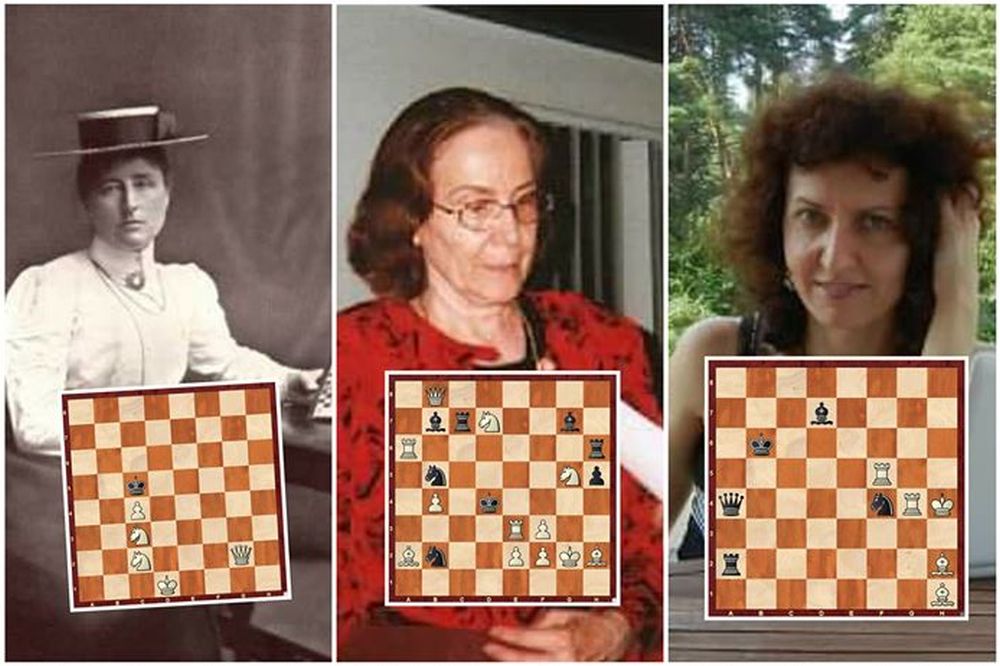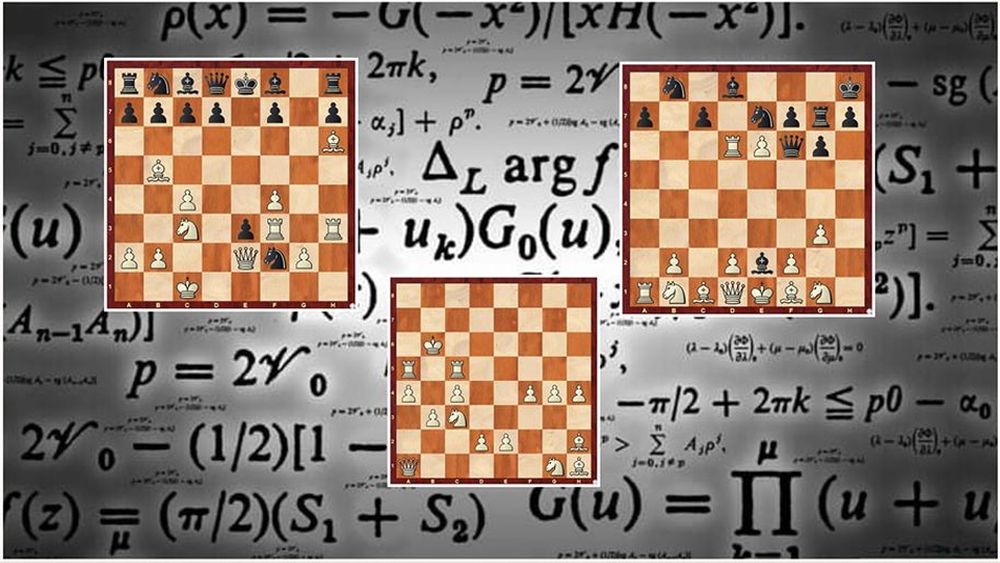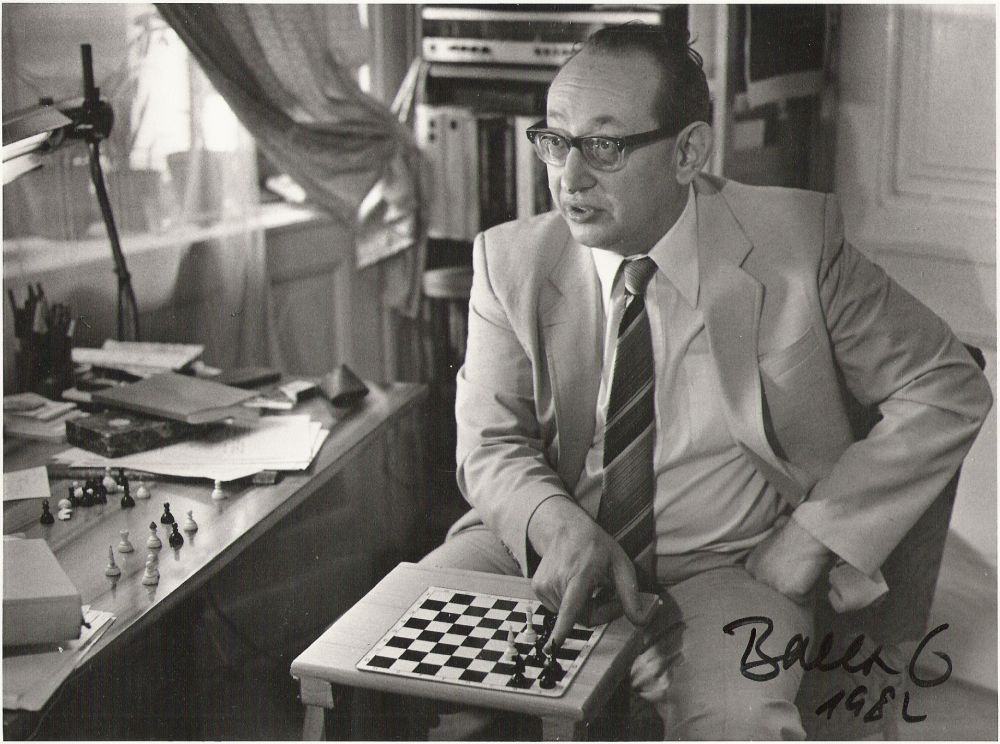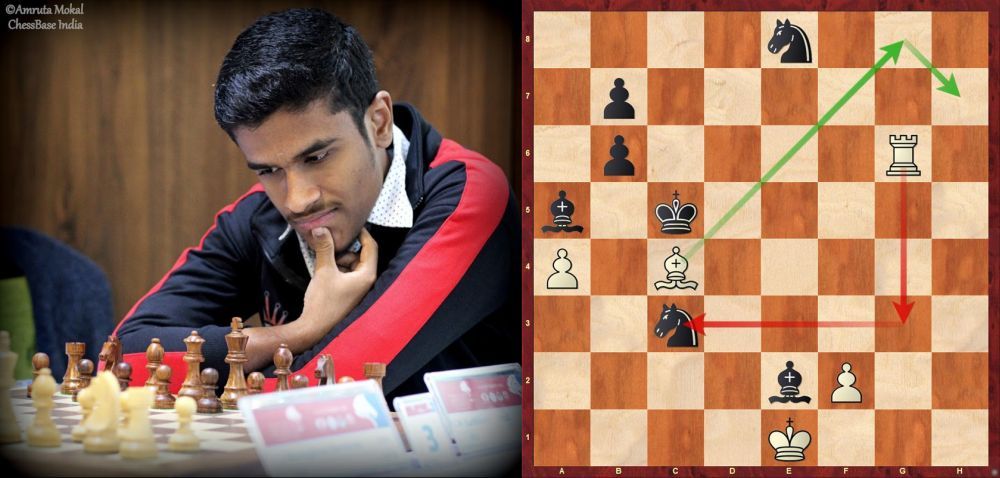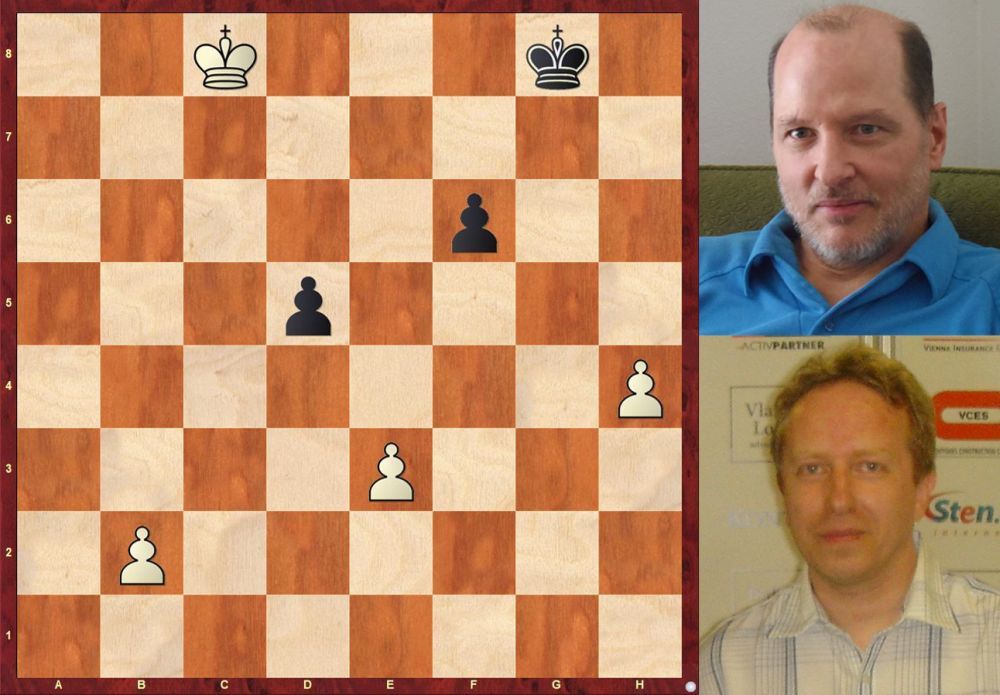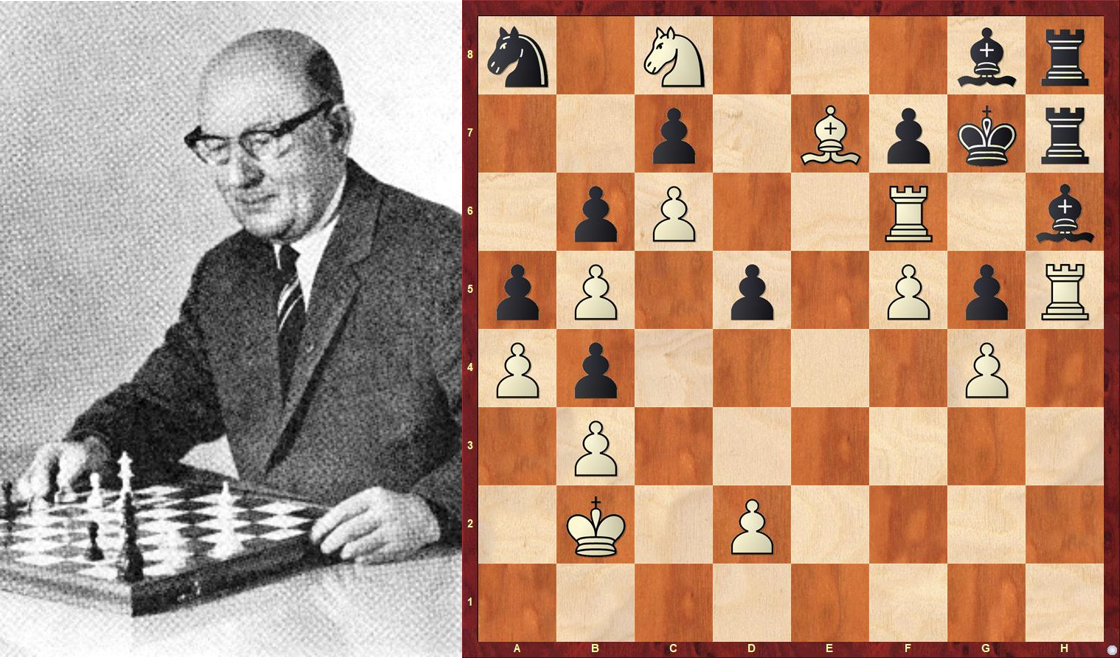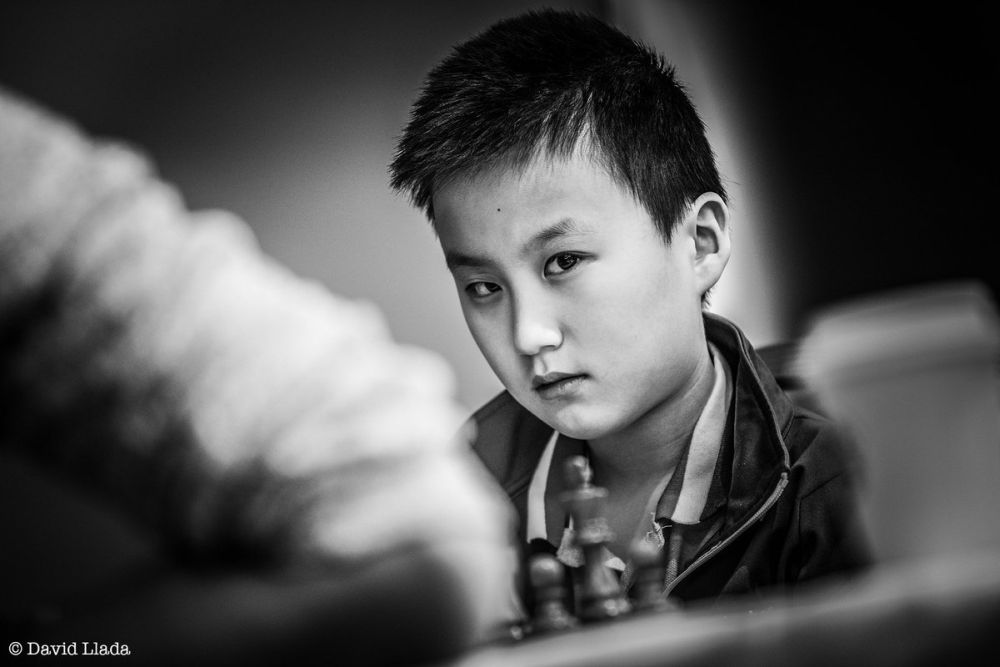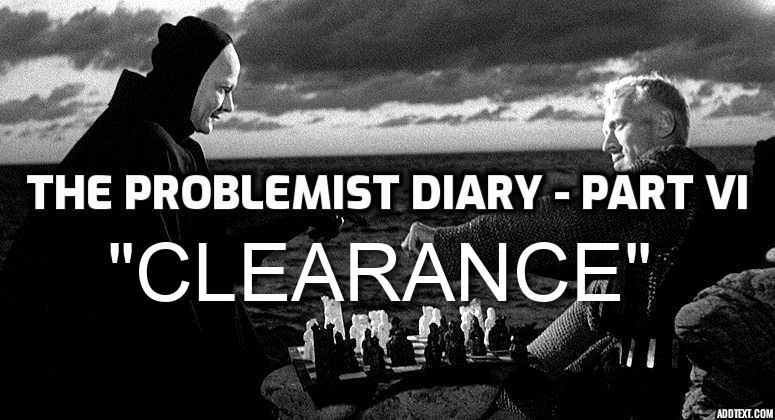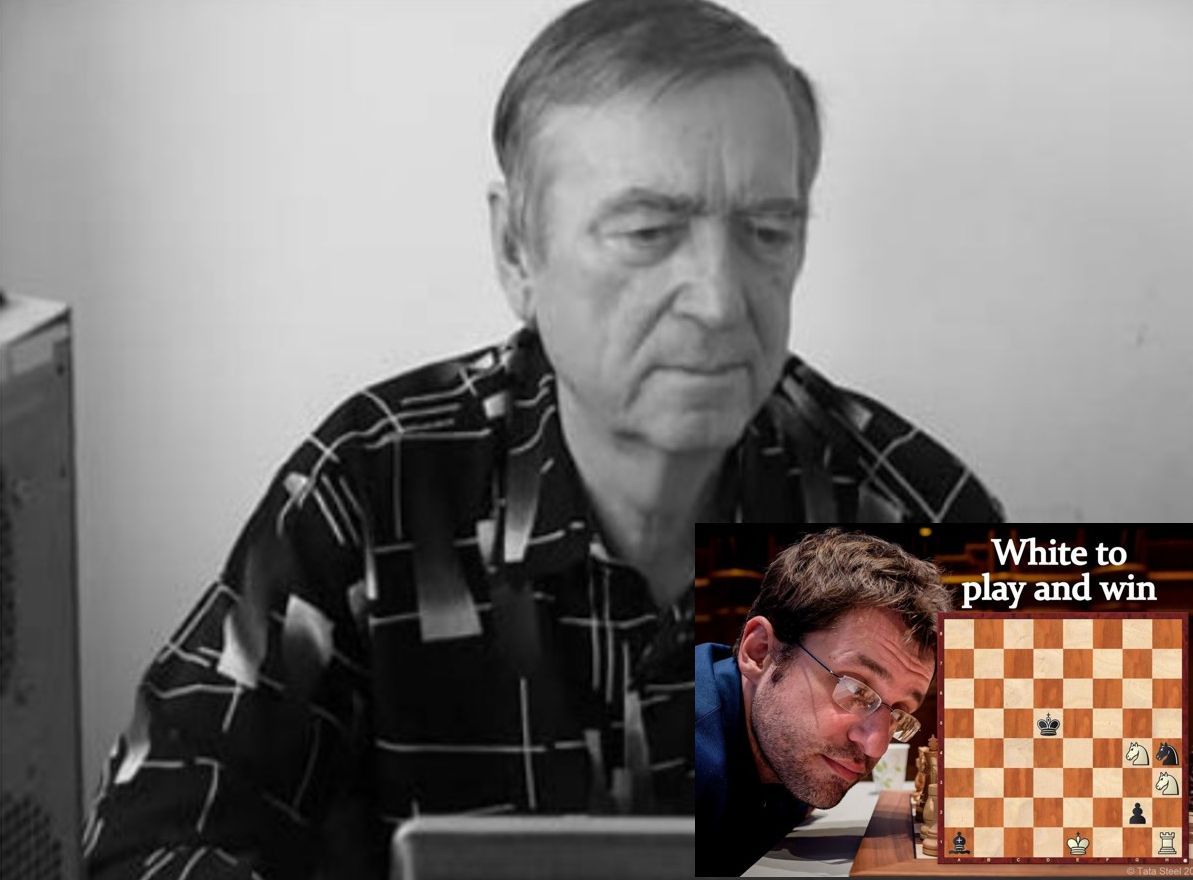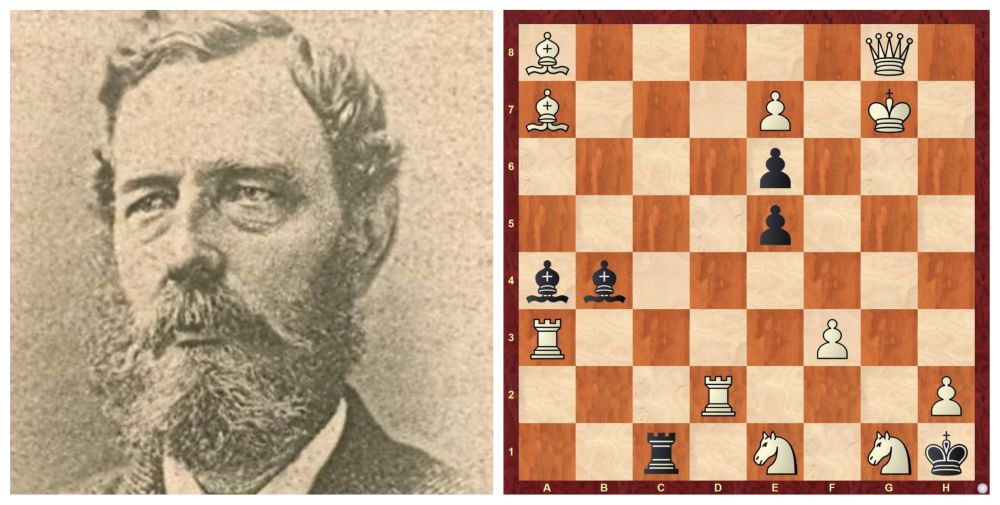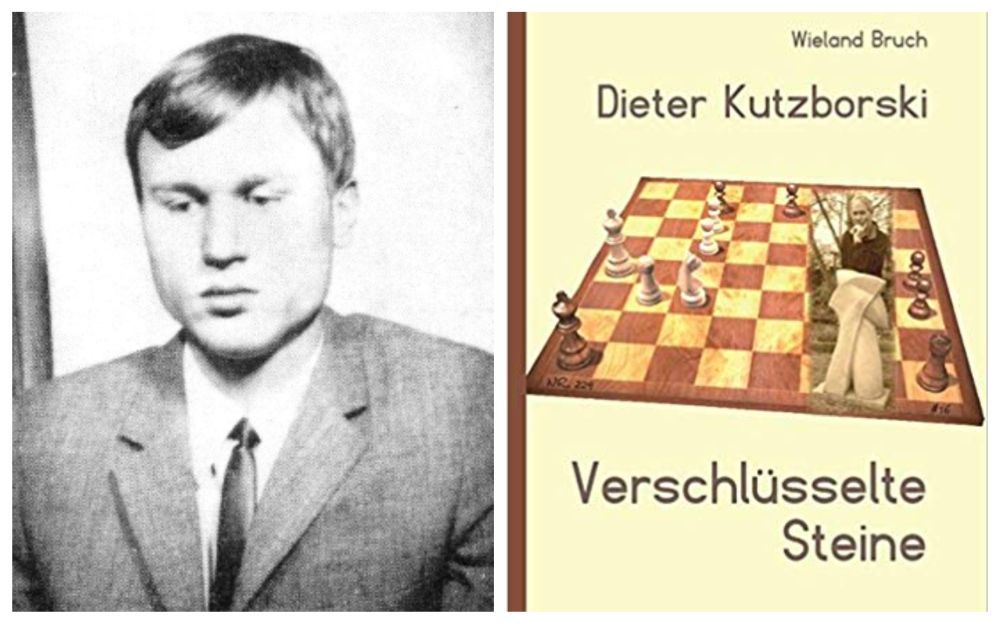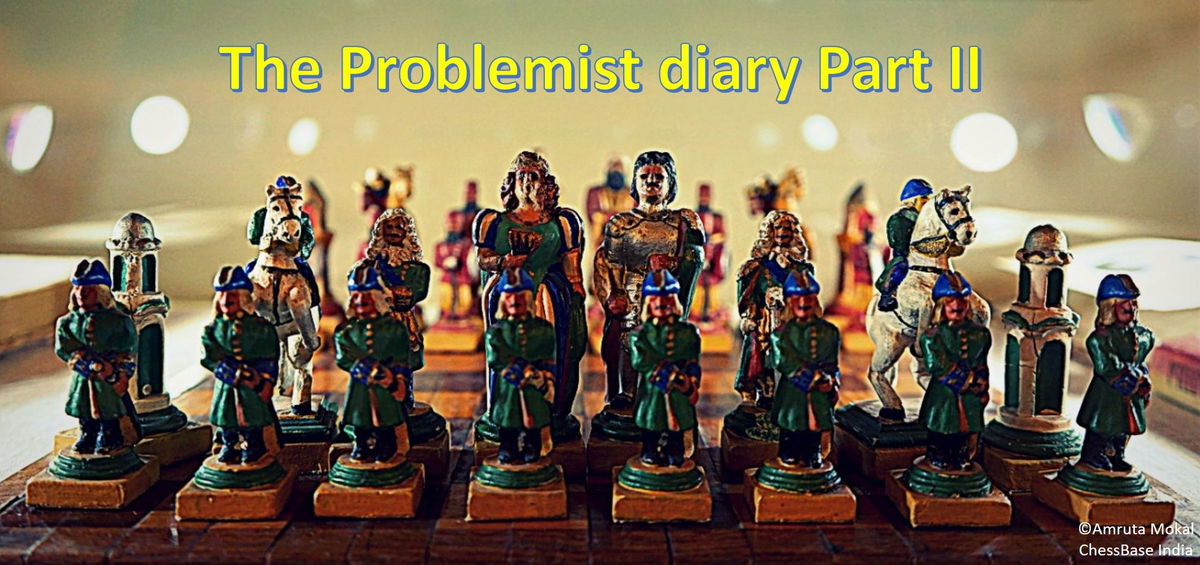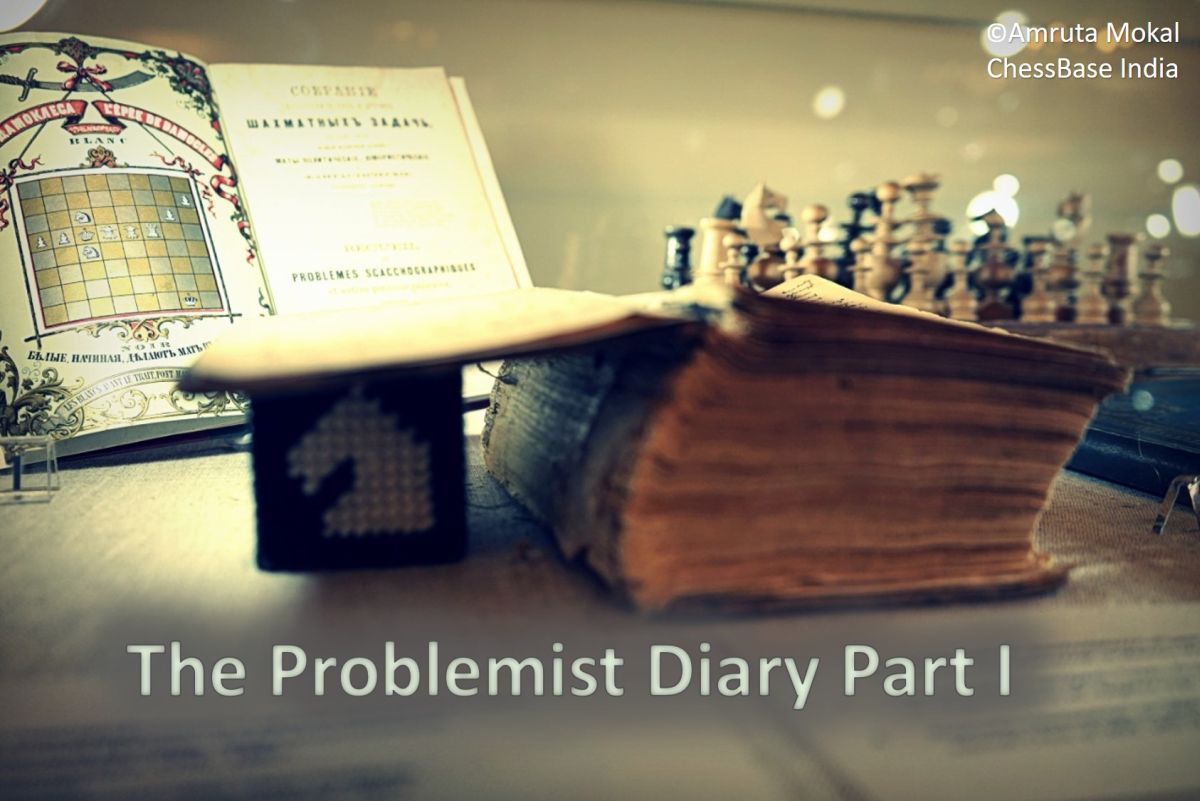Fujairah Chess & Culture Club set to organise the 5th Fujairah Endurance Chess Solving Championship with a whopping prize fund of 35,500$
On the 20th and 21st of January 2024, the Fujairah Chess and Culture Club in Fujairah City, UAE, is organising the 5th Endurance Blitz tournament and the 20th International Solving Contest, respectively. Together named the Fujairah Endurance Chess Solving Championship, the two-day meet has instituted a mammoth prize pool of 35,500 US dollars, more than half of which will go to the winners of its latter event, setting an unprecedented benchmark in the history of chess-solving competitions. This report is a glimpse into some of the phenomenal work the Fujairah Chess and Culture Club has undertaken lately and a curtain-raiser to the blitz-cum-solving gala it will hold in January next year. Read on.
Under the Patronage of H.H. Sheikh Mohamed bin Hamad Al Sharqi (the Crown Prince of Fujairah) and in collaboration with the World Federation for Chess Composition (WFCC), the Fujairah Chess & Culture Club is organising the 5th Endurance Chess Solving Championship on the 20th and 21st of January, 2024. The two-day gala at the Novotel Fujairah constitutes two events: a 9-round FIDE-rated Blitz tournament, called the Endurance tournament, on the 20th and the International Solving Contest the next day, on the 21st.

The stunning chess-themed facade of the Fujairah Chess & Culture Club at the Merashid Road, Fujairah, that is still under construction and will be inaugurated in June, 2024 | Photo: Fujairah Chess & Culture Club
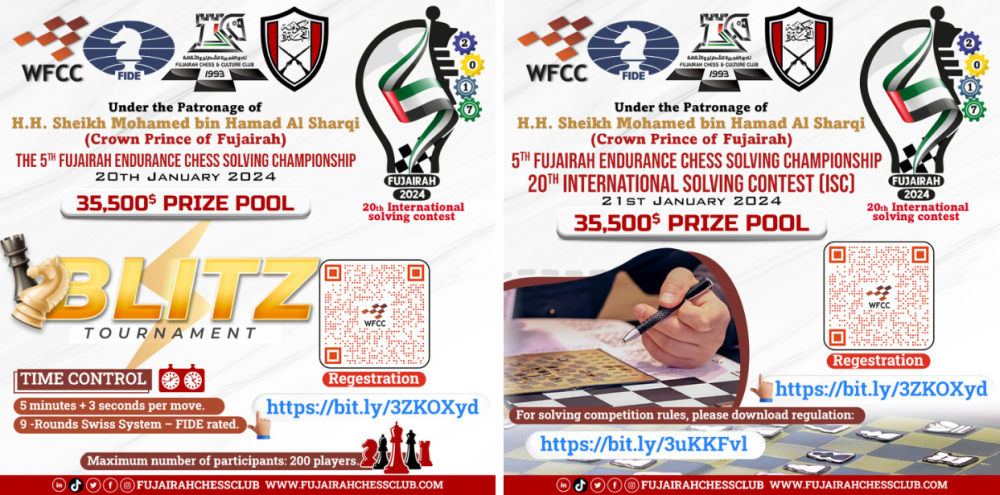
The blitz tournament, which will take place in three rating categories, will follow the Swiss system and a time control of 5 minutes with a 3-second increment on each move. A massive 35,500 US dollars make up the total prize pool for the two events combined; however, the 20th International Solving Contest (ISC), which takes place on the second day, will receive more than half of this amount.
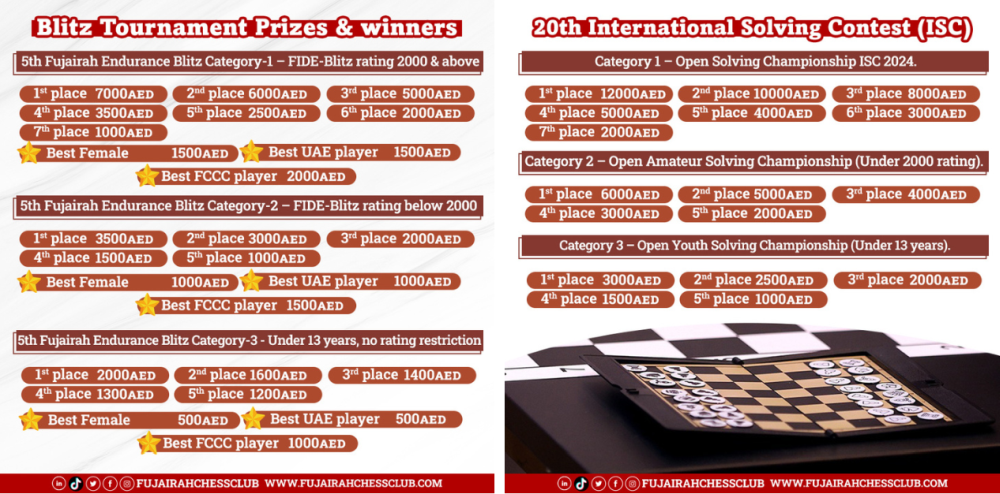
But what is this ISC? The International Solving Contest is a chess-solving competition for individual solvers held concurrently worldwide on a Sunday at the end of January every year. Organised under the aegis of the World Federation for Chess Composition (WFCC) with the aid of its global chain of local coordinators, the ISC plays a pivotal role in popularising chess composition and chess-solving internationally, for it welcomes novices and seasoned experts alike and enables solvers from developing and under-developed countries as well to compete with the best in the world, who otherwise cannot afford to do the same by participating in the World or the European Solving Championship. As a testament to its reach and significance, the 19th edition of the event last year saw the participation of 601 solvers from as many as 26 countries! Since its launch in 2005, the ISC has nearly tripled in size. There is little doubt that the Fujairah Chess and Culture Club's alluring financial incentives will contribute to an even more notable increase in participation this year and in the years to come.
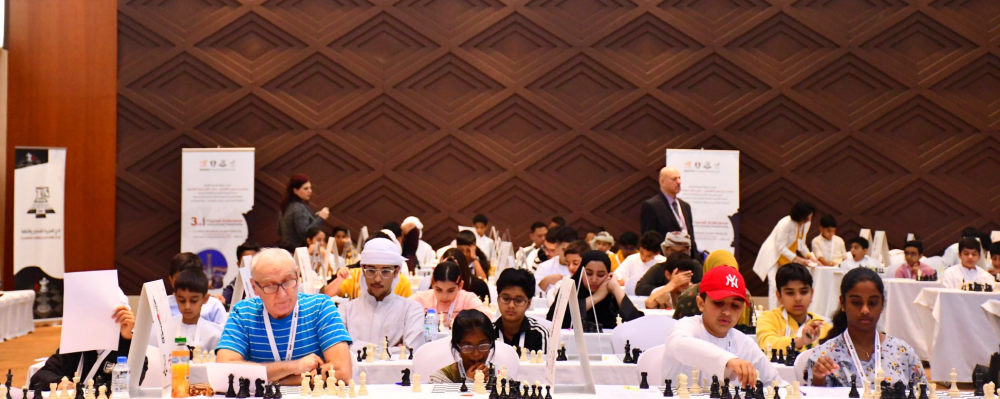
But this isn't the first time the Fujairah Chess and Culture Club has endeavoured to promote chess composition and solving in a big way. In November 2022, Fujairah hosted the 64th World Congress of Chess Composition (WCCC) and the 45th World Chess Solving Championship (WCSC), and the club played no small part in making this happen. Furthermore, IA/IO Mohammad Alhallak, the club's director, and Dr. Abdulla Ali Aal Barket, the club president, are both delegates of the WFCC committee.
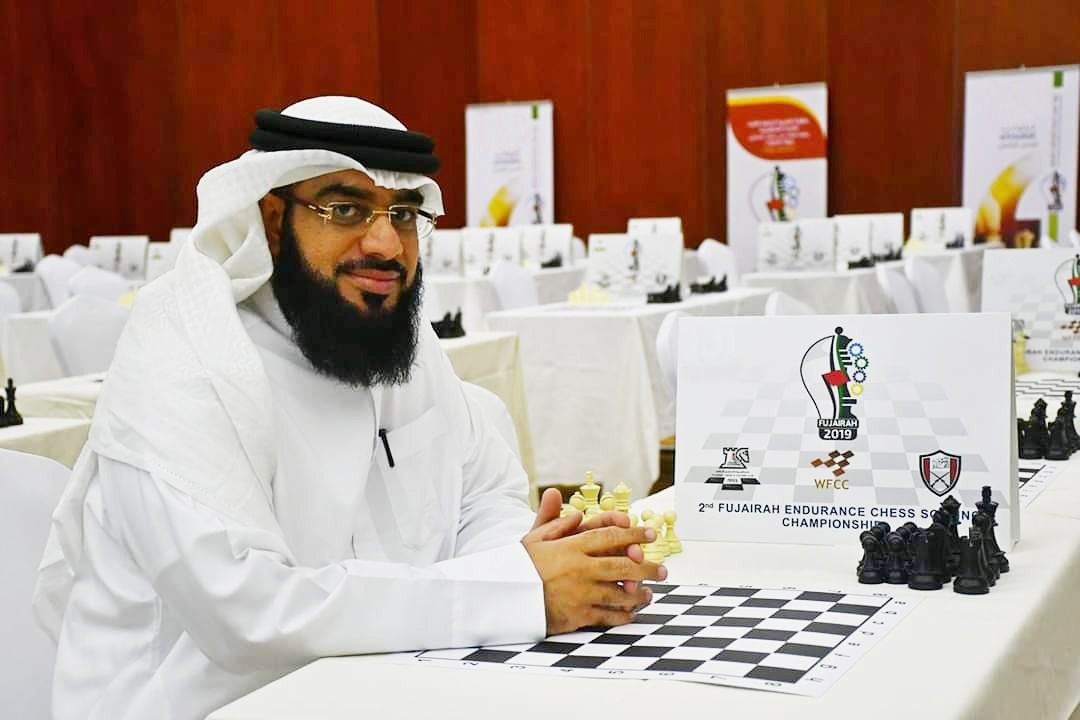
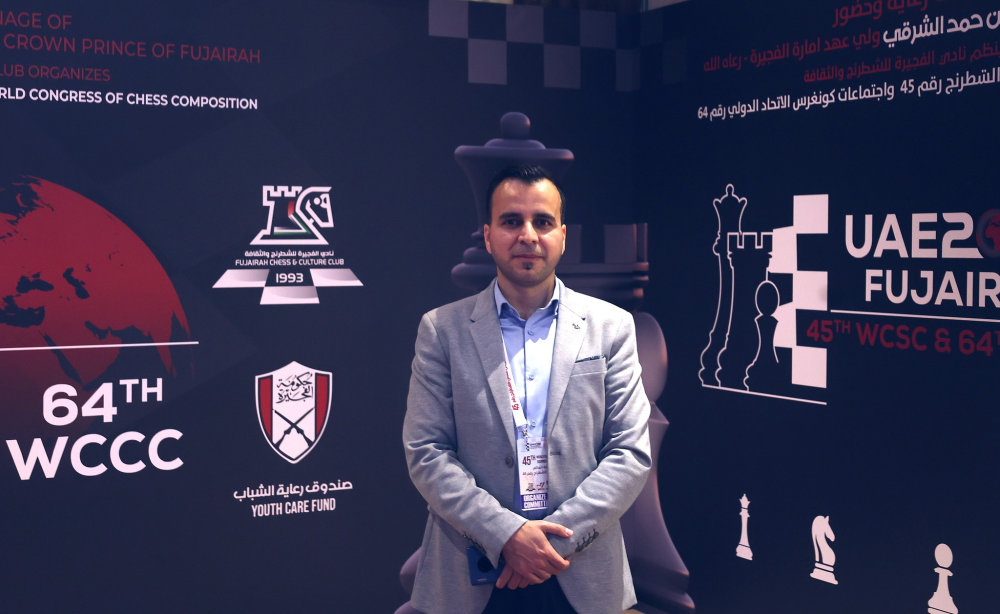

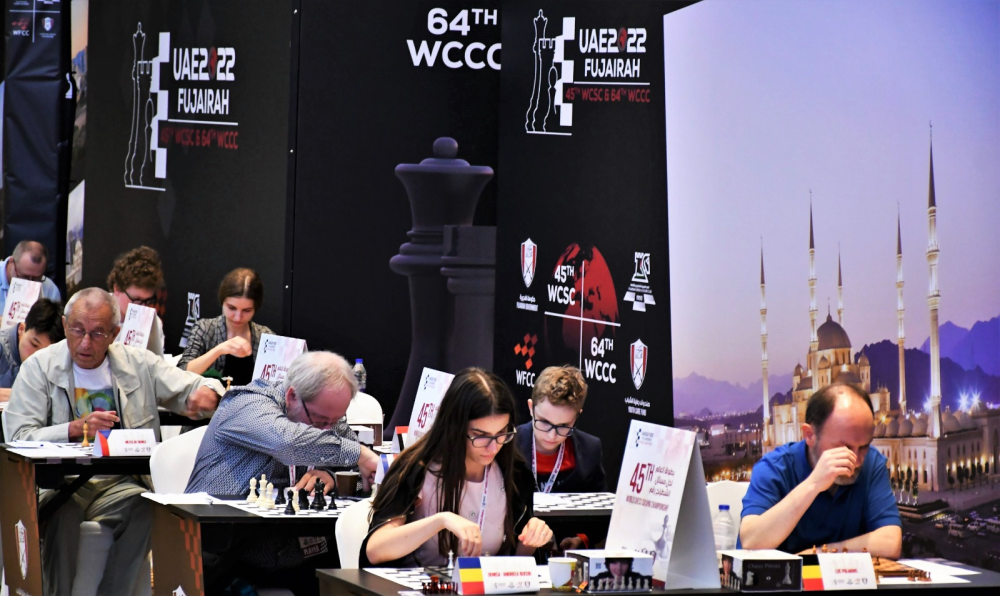
Coming back to the ISC, what is its exact format? Firstly, the event takes place in three categories. Category I is for experienced solvers, but it is open to all; Category II is for amateurs with no rating or an active, non-active or half-rating of less than 2000; Category III is for youth not older than 13 years in the year of competition. There are two rounds of 120 minutes each for Categories I and II, and six problems in each round. Category III has only one round with six problems.
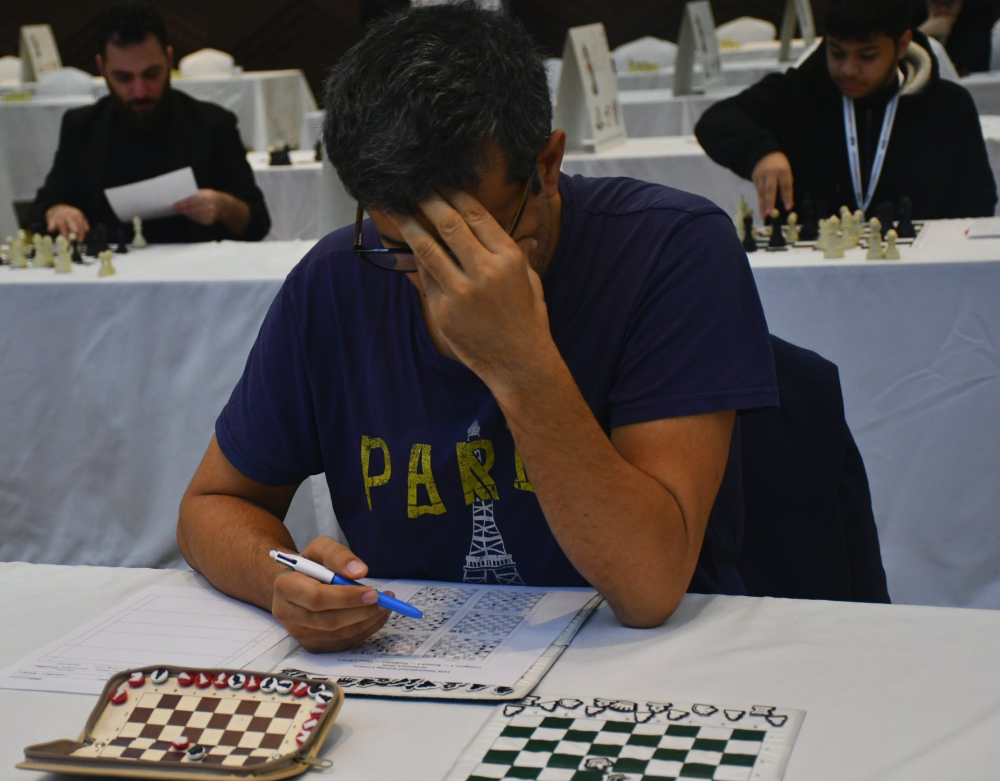
The competition features six different problem types or genres: two-movers (#2), three-movers (#3), more-movers (#n), endgame studies (eg), helpmates (h#), and selfmates (s#). Their distribution across the three categories is given below:

Scoring and Writing of the Solutions
How are the answers scored? First of all, each problem is worth five points. As such, your score for attempting a problem will range from 0 to 5. A wrong answer gets 0, and there are no negative markings. Thus, the maximum score in the first two categories is 60. For Category III, which has only one round, it is 30. Algebraic Notation must be used to write the answers. In adversarial problems—directmates and selfmates—the key must be written along with the threat, if any, and all full-length variations. Only a solution thus complete can receive the perfect score. In all problems except two-movers, giving only the first move will score zero. In helpmates, all moves have to be written, and in case a helpmate is indicated to have more than one solution, the solver needs to find all the stipulated solutions to claim full score. Lastly, for studies, you need to figure out the composer's mainline and write all moves until there is, based on the stipulation, an obvious win or draw. To better understand the point distribution, let us now examine three sample problems from previous editions of the ISC.
Ljubomir Branković, Die Schwalbe, 2008
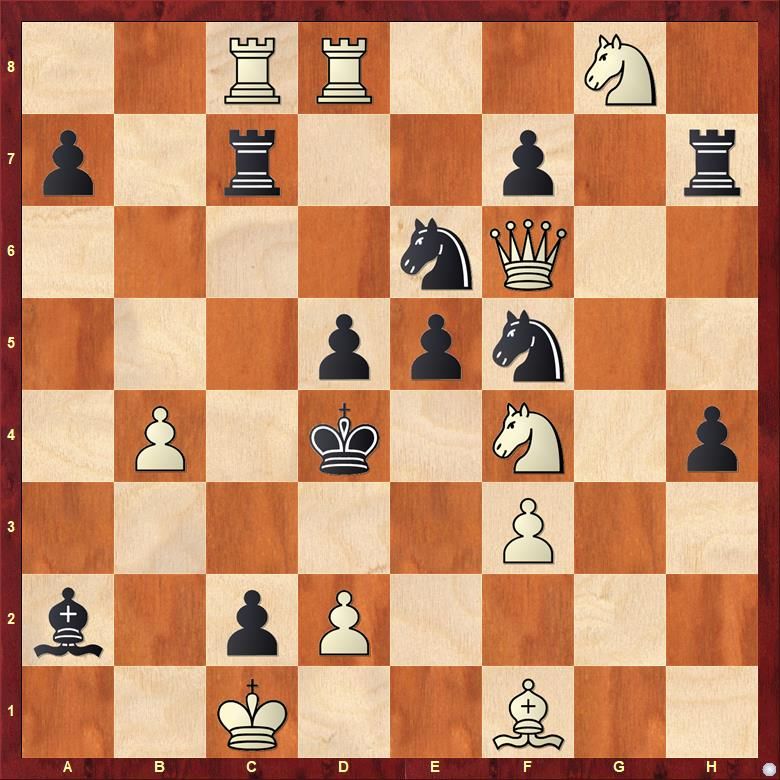
The above is a three-mover that was posed at the ISC 2018 (Cat 1). The key here is the somewhat flashy 1.Qg6! that threatens 2.Qg1+ Ne3 3.Qxe3#. Of course, 1...fxg6 simply runs into 2.Nxe6#, so there are mainly three defenses White has to reckon with: 1...Ng5, 1...Rg7, and 1...Rc3.
First, 1...Ng5 is met with 2.Qa6!, threatening 3.Qd3#. Black is helpless: 2...Bc4 and 2...Rc4 lead to what is known as Grimshaw interferences and allow 3.Qa1# and 3.Rxd5#, respectively; on the other hand, 2...exf4 (or e4) runs into 3.Qf6#.
1...Rg7 is met with the quiet 2.Nh6!, threatening 3.Nxf5#. Now 2...Nxh6 (or any move of the f5 knight) allows 3.Qd3#, while 2...exf4 (or e4) and 2...fxg6 run into 3.Qf6# and 3.Nxe6#, respectively.
Lastly, 1...Rc3 is replied by 2.Ne2+ Kd3 3.Rxc3#.
The key and threat in this problem carried 1 point, and so did the last 1...Rc3 variation. The remaining two variations had weightage of 1.5 points each.
Christopher Jones, International Solving Contest, 2020
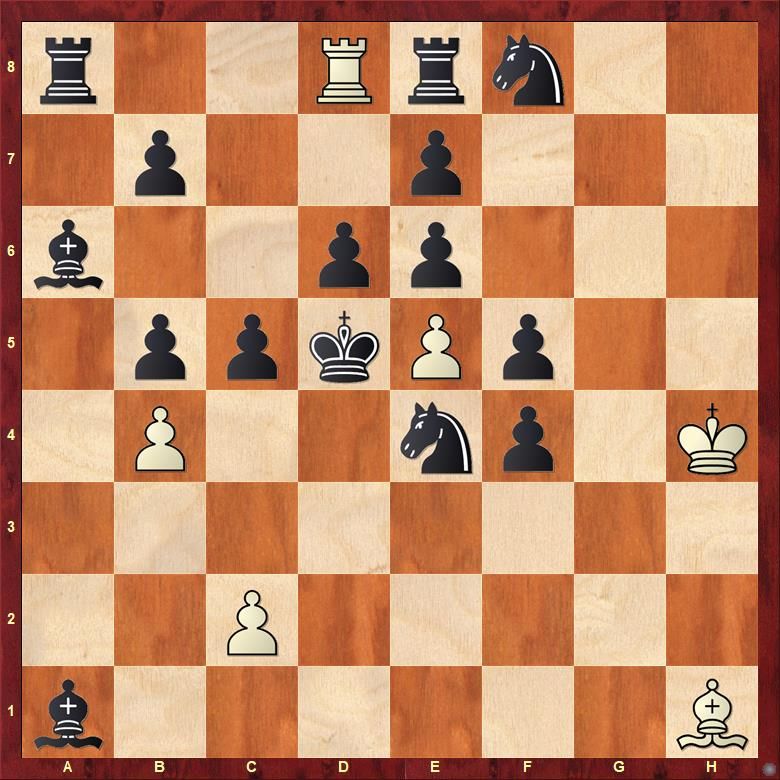
In a helpmate in n moves (h#n), Black plays first, and both sides cooperate to get the black king checkmated in the stipulated number of moves. The solution to the diagrammed position is 1.Nd7 c4+ 2.bxc4 b5 3.dxe5 Rxd7#. Notice how Nf8-d7 unpins the d6 pawn, which moves to e5, blocking one of the black king's escape squares.
However, the solution is not over yet; the problem has a twin, a second part—you move the pawn on c5 to c4 and find a helpmate in 3 again. The solution now is 1.f3 exd6 2.Be5 c3 3.Nxd6 Bxf3#. We find the strategy of the first solution is subtly echoed: the final mate is delivered by the bishop instead of the rook, and pawn f4 does the unpinning of the e4 knight, which then gets pinned on d6, allowing Bxf3 checkmate. The above was an original composition for the ISC 2020 (Cat 1). The two lines or solutions in bold carried 2.5 points each. You would get a perfect five for writing them both.
Sven-Hendrik Lossin, Shakhmatnaya kompozitsiya, 2013
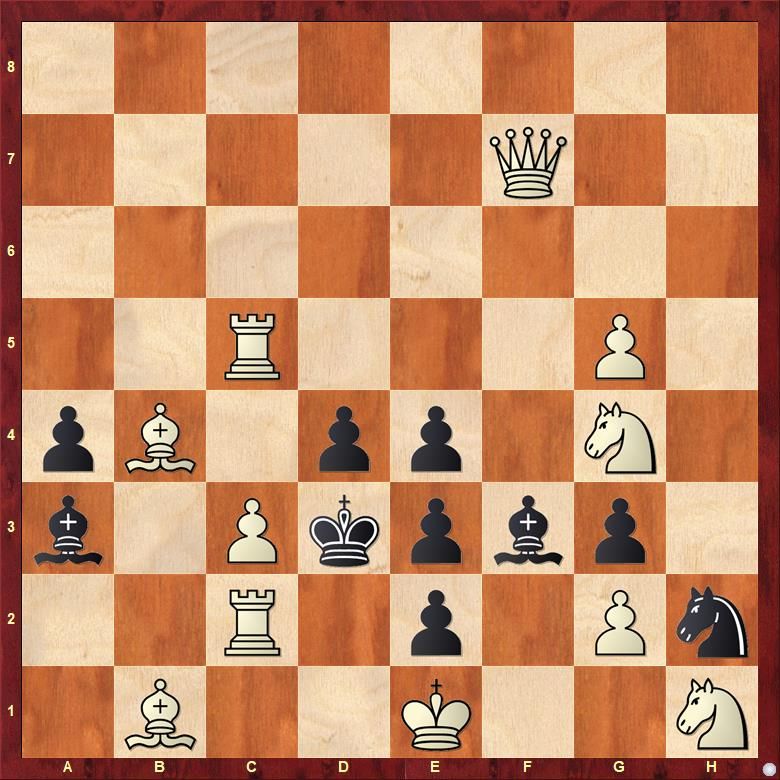
In a Selfmate, White plays first, and the task is to compel Black to mate the white king in the dictated number of moves. The solution here starts with the unassuming 1.Ra5!, which nevertheless carries a full-length threat. If Black skips a turn, White can execute the following: 2.Qc4+ Kxc4 3.Ba2+ Kd3 4.Rd2+ exd2#. Black has three defenses against this threat, namely 1...dxc3, 1...Nxf1, and 1...Bxb4.
1...dxc3 unguards the b4 square but allows 2.Ne5+ Kd4 3.Nc6+ Kd3 4.Nf2+ forcing 4...gxf2 or 4...exf2 mate.
1...Nf1 defends the d2 square a second time, but this enables White to play 2.Nf6, threatening Nf2+. And after 2...dxc3 3.Bxc3, there is no way to prevent 4.Nf2+ gxf2# or exf2#.
Lastly, 1...Bxb4 runs into the forcing 2.Rb2+ Kxc3 3.Rb3+ axb3 4.Qxb3+ Kxb3#.
This problem was posed at the ISC 2022 (Cat 1), and 1.25 points were allotted to the threat and each of the three variations.
Important Links
1. Link to register or participate in the 5th Fujairah Endurance Solving Championship.





